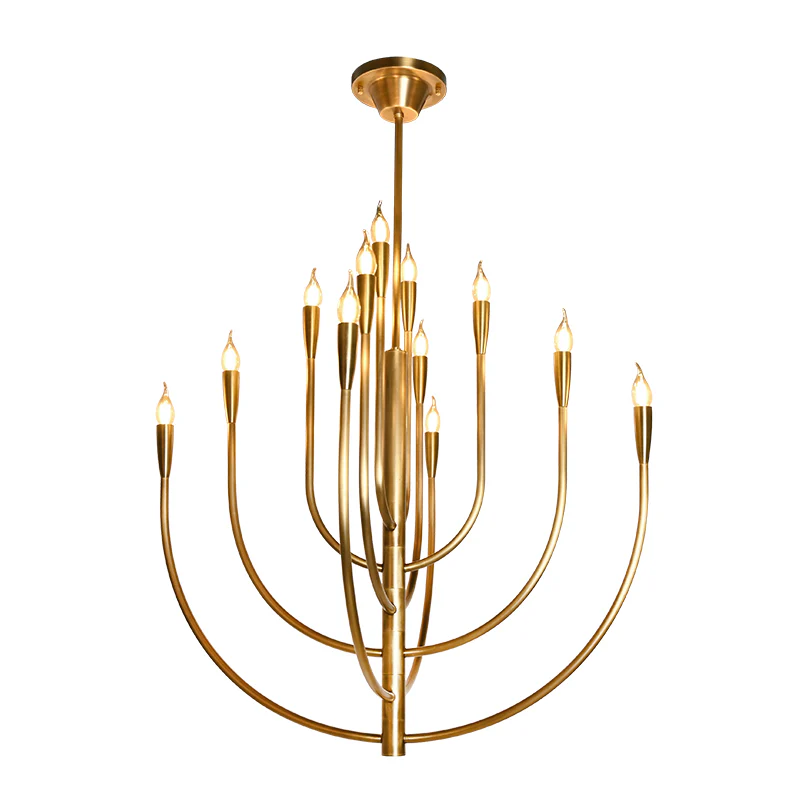Understanding the Versatility of Trays: What is a Tray Used For?
Understanding the Versatility of Trays: What is a Tray Used For?
When we think about household items, trays often don’t get the credit they deserve. A simple tray can serve numerous purposes, making it an essential item in various settings. In this article, we will explore the different uses of trays, their types, and how they have evolved over time. Whether you are a homemaker, a professional in the hospitality industry, or just curious about this handy item, you will find detailed insights here. By the end, you will understand what a tray is used for and how it can enhance your day-to-day activities.
The Multifunctional Nature of trays
trays are versatile tools that can be used in numerous ways. They come in various materials such as plastic, metal, wood, and glass, and consequently, their use cases can vary widely. Here are some practical applications:
| Function | Description |
| Serving Food and Drinks | trays are commonly used in homes and restaurants to serve meals, appetizers, beverages, or snacks. They make it easier to carry multiple items at once. |
| Organization | trays help in organizing items on a countertop or desk, making it easy to keep things tidy. They can be used for storing mail, office supplies, or crafting materials. |
| Decorative Pieces | Some trays are designed artistically and can serve as decorative items on tables or shelves, adding a unique touch to Home decor. |
| Food Presentation | trays can be crucial in presenting food beautifully during gatherings, enhancing the overall dining experience. |
| As a Base for Other Kitchen Tools | trays can also act as surfaces to hold kitchen utensils, condiments, or even kitchen appliances, simplifying cooking tasks. |
The Evolution of trays
trays have been around for centuries, evolving from simple wooden boards to the more sophisticated materials and designs we see today. In ancient civilizations, trays were made from natural materials such as leaves and clay, primarily for serving food. As time progressed, they became more decorative and functional, particularly in cultural and royal contexts.
In the 20th century, the advent of industrial manufacturing paved the way for plastic and metal trays, making them more accessible and versatile. Today, we have trays that are not only functional but also a part of modern design and Aesthetics, reflecting contemporary styles.
Types of trays and Their Specific Uses
Different types of trays serve particular purposes. Understanding these can help you choose the right one for your needs:
- Serving trays: These are typically large and flat, perfect for carrying food and beverages during parties or family gatherings.
- Baking trays: Usually made from metal, these trays are ideal for baking cookies, pastries, and other desserts in the oven.
- Storage trays: Often used for organizing items around the house or office, these trays come in various sizes and materials.
- Decorative trays: Made of materials like wood or ceramic, these trays not only serve functional purposes but also add an aesthetic appeal.

Health and Safety Considerations
When using trays, especially in food service, hygiene becomes essential. Ensure that trays are regularly cleaned and sanitized to prevent contamination. Additionally, using non-toxic materials is crucial if serving food, particularly for children or sensitive individuals.
Tips for Choosing the Right tray
With so many options available, selecting the appropriate tray can be overwhelming. Here are some tips to guide your choice:
- Consider Size: Think about what you will be using the tray for. Larger trays are great for serving, while smaller ones might be suitable for organization.
- Material Matters: Choose a material that fits your needs. Plastic trays are lightweight and easy to clean, while wooden or metal trays provide a more sophisticated look.
- Look for Versatility: trays that serve multiple purposes can be worthwhile investments.
- Evaluate Style: If you want to use a tray as a decorative accent, choose a design that complements your Home decor.
Final Thoughts on trays
In summary, understanding what a tray is used for not only highlights its multifunctional nature but also underscores its importance in our daily lives. From serving food to organizing items, trays are versatile tools that can simplify tasks and enhance Aesthetics. As you consider your options, remember the various types of trays available, their unique uses, and the key factors to consider while choosing one. Whether you are hosting a dinner party, decorating your space, or organizing your kitchen, the right tray can make all the difference.
As a final note, always prioritize hygiene and safety when using trays, particularly in food service. Keeping them clean is essential to promote health and well-being.
